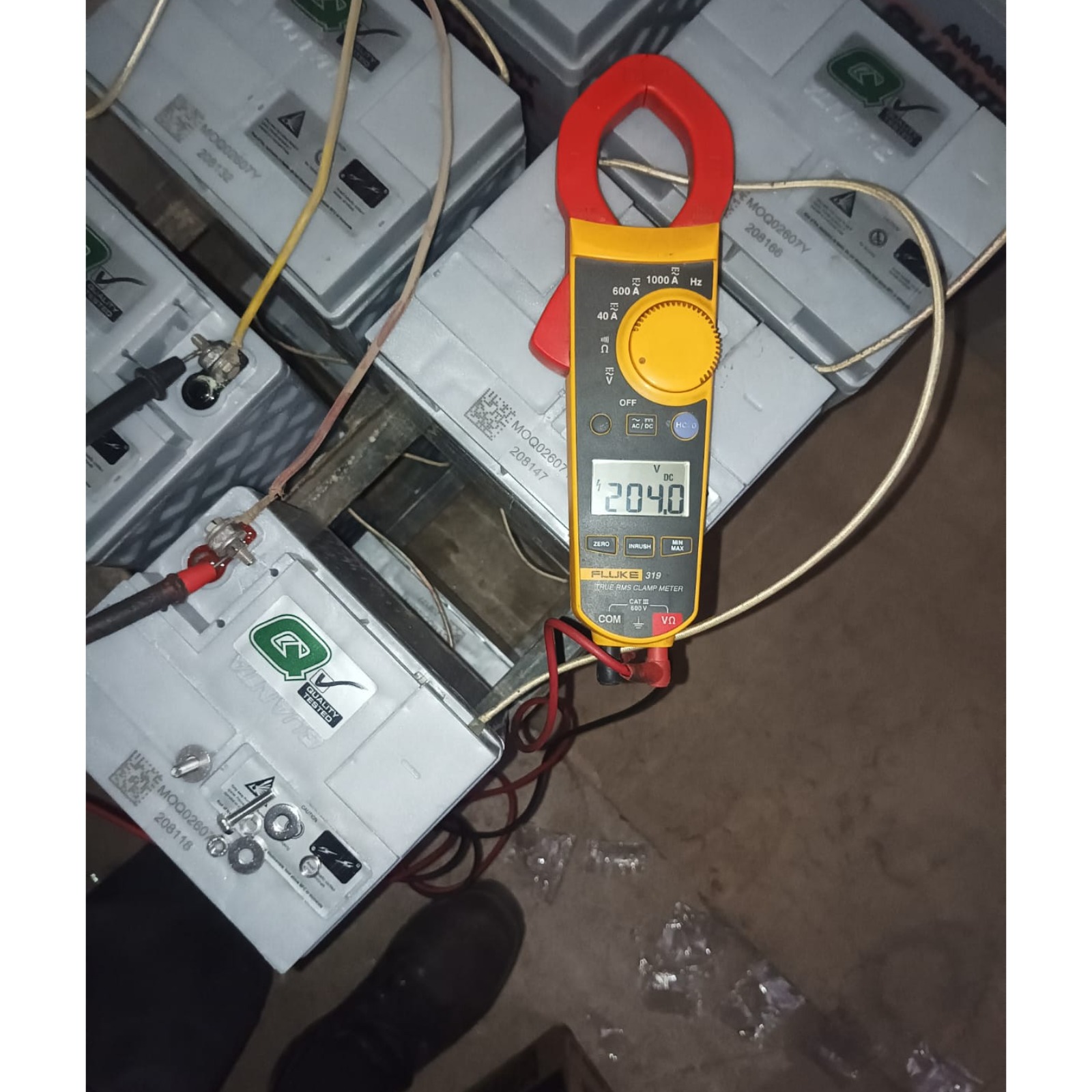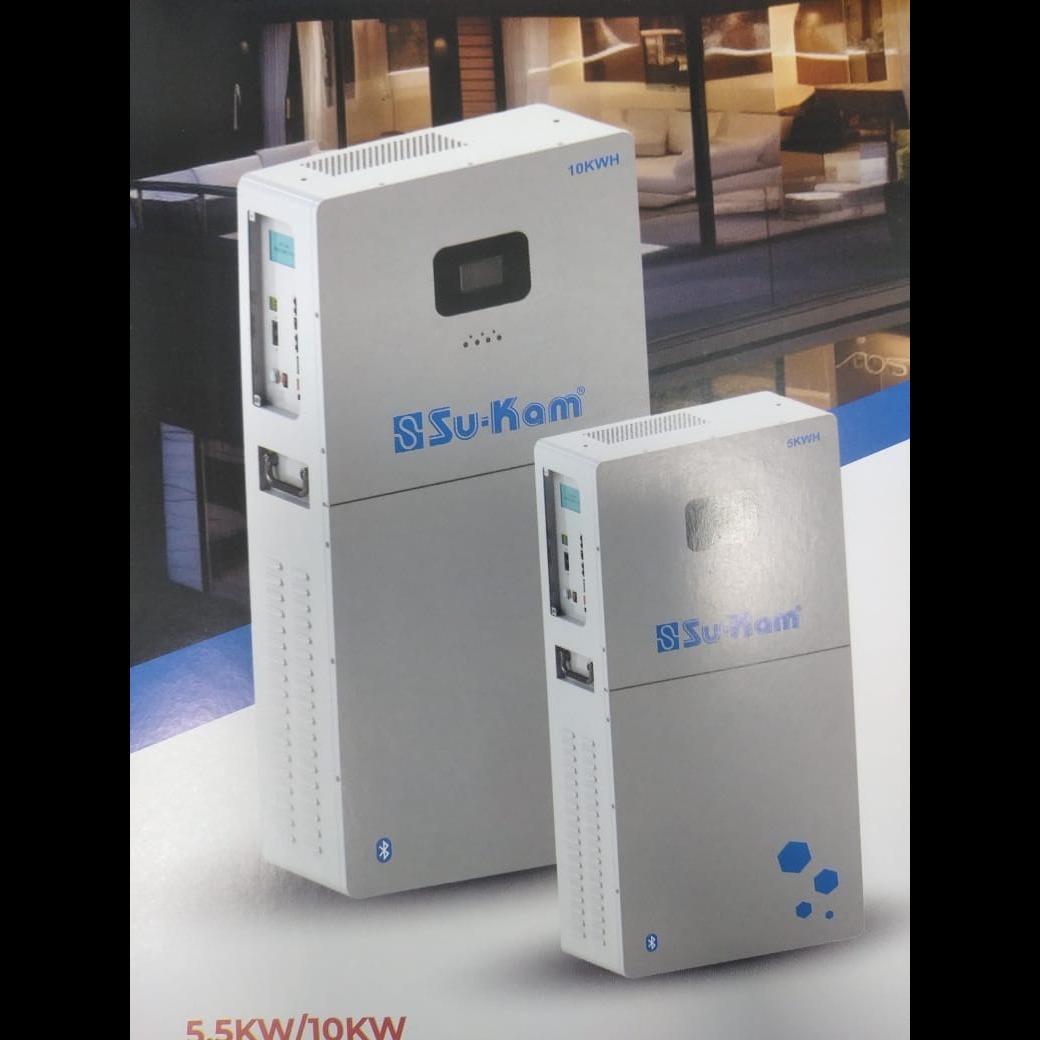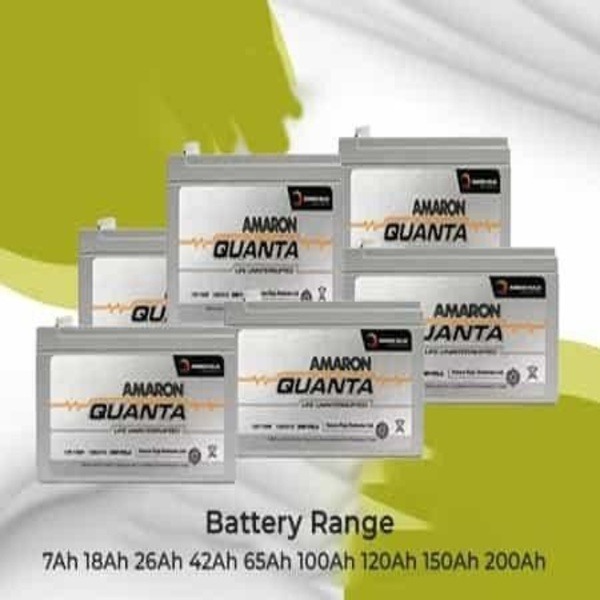
Load testing is a crucial procedure for assessing the health and performance of lead-acid batteries, including Amaron batteries. It helps determine whether the battery can deliver the necessary power under load conditions. Here’s a detailed guide on how to perform load testing on Amaron batteries, including the equipment needed, the testing procedure, and interpreting the results.
1. What is Load Testing?
Load testing involves applying a controlled load to a battery and measuring its ability to maintain voltage under that load. This simulates real-world conditions, such as starting an engine or powering accessories.
2. When to Perform Load Testing
When the battery is suspected to be weak or failing.
After a battery has been charged to ensure it can hold a charge.
Before long trips or during seasonal changes to ensure reliability.
3. Equipment Needed
Battery Load Tester: A device that applies a specified load to the battery and measures the voltage drop.
Multimeter: For measuring battery voltage before and after the load test.
Safety Gear: Gloves and safety glasses to protect against acid spills or battery explosions.
4. Preparation for Load Testing
Safety First: Wear gloves and safety goggles to protect yourself from acid and potential sparks.
Visual Inspection: Check the battery for any signs of damage, leaks, or corrosion. Ensure the terminals are clean and securely connected.
Fully Charge the Battery: Make sure the battery is fully charged before performing the load test. This provides a baseline for the test.
5. Load Testing Procedure
Measure Initial Voltage:
Use a multimeter to measure the battery\'s resting voltage before applying the load. Connect the red probe to the positive terminal and the black probe to the negative terminal.
A fully charged 12V battery should read between 12.4V and 12.7V.
Connect the Load Tester:
Attach the load tester\'s clamps to the battery terminals (red to positive, black to negative).
Ensure a secure connection to avoid any issues during testing.
Apply the Load:
For a lead-acid battery, apply a load that is approximately half of the battery\'s Cold Cranking Amps (CCA) rating. For example, if the battery has a CCA rating of 600A, apply a load of about 300A.
The load should be maintained for about 10-15 seconds.
Monitor Voltage Drop:
While the load is applied, observe the voltage reading on the load tester or multimeter.
The voltage should not drop below 9.6V during the load test. If it does, it indicates that the battery may be weak or failing.
Remove the Load:
After the test duration, remove the load and disconnect the load tester from the battery.
Measure Post-Test Voltage:
Measure the voltage again with the multimeter to see how quickly the battery recovers after the load is removed.
6. Interpreting Results
Good Battery: If the voltage stays above 9.6V during the load test and recovers quickly after the load is removed, the battery is in good condition.
Weak Battery: If the voltage drops below 9.6V during the test or fails to recover quickly, the battery may be weak and should be considered for replacement.
Voltage Recovery: A healthy battery should recover to a voltage above 12.4V shortly after the load is removed.
7. Post-Testing Recommendations
If the battery passes the load test, it is likely still in good condition. However, regular maintenance and testing are recommended.
If the battery fails the load test, consider replacing it, especially if it is close to or beyond its warranty period.
Dispose of old batteries responsibly by taking them to a recycling center or a battery disposal facility.
8. Conclusion
Load testing is an essential procedure for ensuring the reliability of Amaron batteries and other lead-acid batteries. By following the proper testing procedures and interpreting the results accurately, you can make informed decisions about battery maintenance and replacement, thereby preventing unexpected failures and ensuring optimal performance. If you are unsure about performing the test yourself, consult a professional technician or an automotive service center for assistance.
Keywords
red probe
CCA rating
long trips
12V battery
acid spills
Safety Gear
CCA) rating
black probe
Weak Battery
Good Battery
test duration
10-15 seconds
old batteries
safety goggles
safety glasses
good condition
detailed guide
battery voltage
healthy battery
controlled load
load conditions
resting voltage
warranty period
necessary power
Voltage Recovery
potential sparks
seasonal changes
Amaron batteries
recycling center
battery terminals
lead-acid battery
secure connection
negative terminal
positive terminal
Visual Inspection
crucial procedure
battery explosions
informed decisions
Cold Cranking Amps
battery maintenance
optimal performance
unexpected failures
regular maintenance
essential procedure
Battery Load Tester
Interpreting Results
powering accessories
Monitor Voltage Drop
real-world conditions
Load Testing Procedure
professional technician
Measure Initial Voltage
battery disposal facility
other lead-acid batteries
Measure Post-Test Voltage
proper testing procedures
automotive service center
Post-Testing Recommendations



